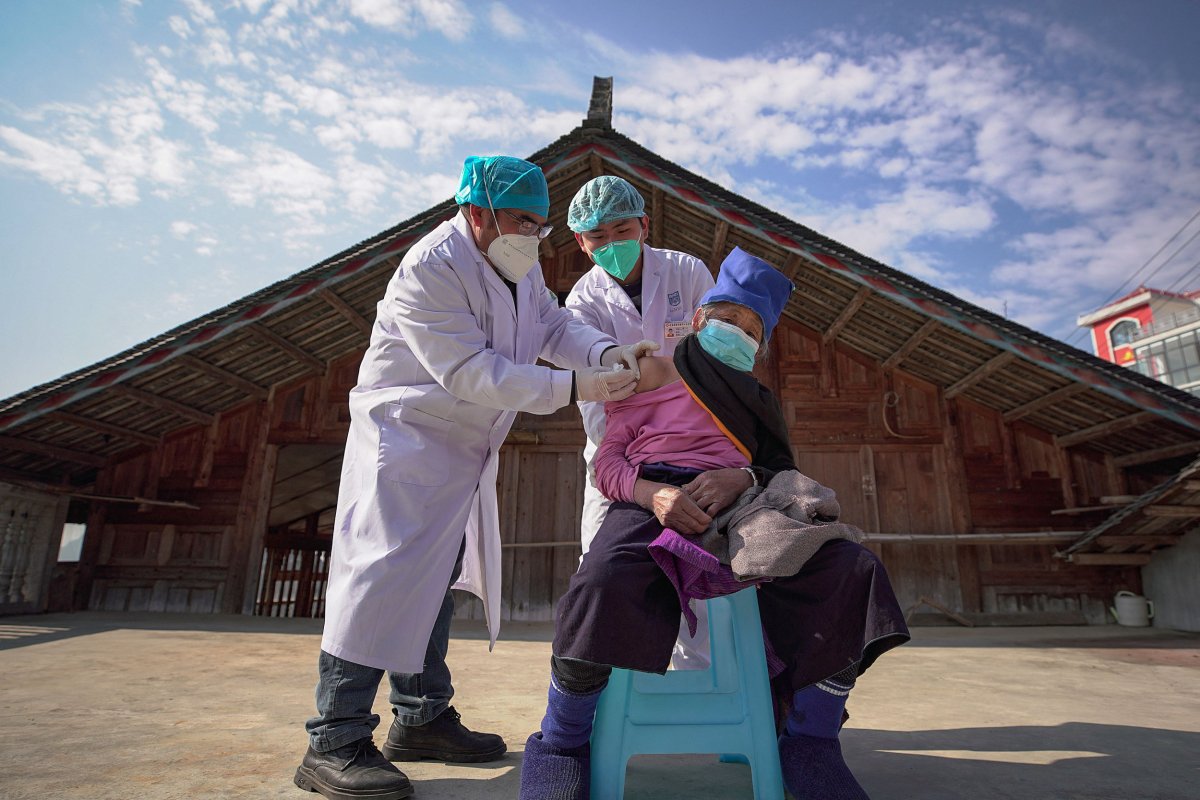Infection
Doctors fear for China’s elderly as disease peak approaches
A medical expert in China has warned that the ongoing wave of respiratory infections such as “walking pneumonia,” predominately affecting children, may target the country’s elderly next.
Older Chinese residents may come into contact with pathogens—with several circulating in the current outbreak—during family gatherings at the end of the year, before the country heads into Lunar New Year celebrations in early February.
China’s years-long anti-COVID measures, lifted less than a year ago, resulted in reduced immune system exposure to pathogens. This has contributed to the current strain on the country’s healthcare system, experts say.
On Tuesday, the state-run Global Times newspaper, cited Li Tongzeng, a physician at Beijing’s You’an Hospital, as expressing concern about China’s elderly demographic. Li, who heads the hospital’s infectious disease department, fears older people could be infected en masse during upcoming gatherings with relatives in the holiday season, adding further pressure to medical institutions nationwide.
Getty Images
The Global Times also cited a doctor from Beijing’s Chaoyang district, who said she had seen about 100 patients, mostly elderly, on Monday alone.
The pattern of China’s outbreak suggests it began several months ago, Chinese health experts told various state media publications this week. They expect cases to peak in the next 2-3 weeks, but infections could last through next spring.
At a press conference held on Sunday, officials with China’s National Health Commission encouraged members of the public to get vaccinated for the relevant diseases, stressing that the shots were an “effective, safe, convenient and economical measure to prevent infectious diseases and play an important role in the prevention and control of infectious diseases.”
China’s senior citizens were reluctant to receive vaccines during the pandemic, with the inoculation rate only increasing in the weeks before Beijing ended all COVID restrictions in early December 2022.
The country’s national health authority has yet to disclose data—or may not have it—on vaccine coverage against the currently prevalent respiratory diseases, which it identified as influenza, mycoplasma pneumonia, rhinovirus, respiratory syncytial virus and adenovirus.
The National Health Commission said those aged 60 and above were most susceptible to influenza, rhinovirus and COVID.
In a Global Times article published on Monday, Li said the spike in respiratory illnesses among young patients was a consequence of reduced exposure to pathogens during the pandemic—an “immunity gap.”
David Daigle, a spokesperson for the Centers for Disease Control and Prevention in the United States, told Newsweek the agency was monitoring China’s outbreak and remained in touch with officials through its country office in Beijing.
Uncommon Knowledge
Newsweek is committed to challenging conventional wisdom and finding connections in the search for common ground.
Newsweek is committed to challenging conventional wisdom and finding connections in the search for common ground.

